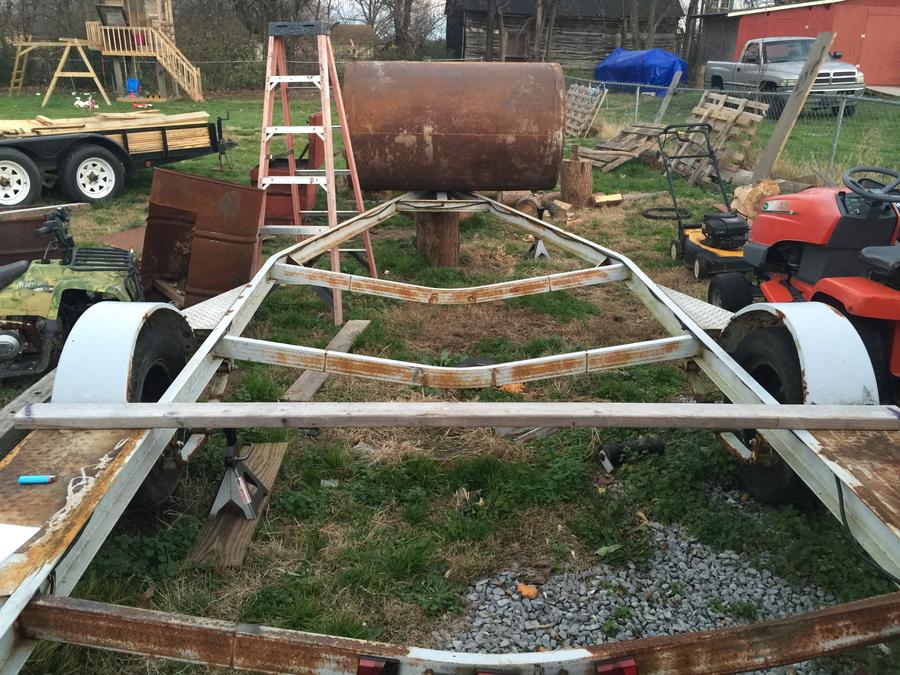Alright, so after a ton of planning and patience I am beginning my build, I really cant wait to get thing running!!! I will get some pics up as soon as I get a chance but I have a question that hopefully someone can answer or give advice on.
I have started cutting the door for my cook chamber, I have only cut the top seem and about halfway on each side until I get the trim and hinges on. I already notice that the door is springing a little on the top cut so I see this being a problem.
Does any one have any solutions on how to stop the door from spring to badly, maybe some braces or ribbing? Just looking for ideas!
Thanks in advance!!!
I have started cutting the door for my cook chamber, I have only cut the top seem and about halfway on each side until I get the trim and hinges on. I already notice that the door is springing a little on the top cut so I see this being a problem.
Does any one have any solutions on how to stop the door from spring to badly, maybe some braces or ribbing? Just looking for ideas!
Thanks in advance!!!
















